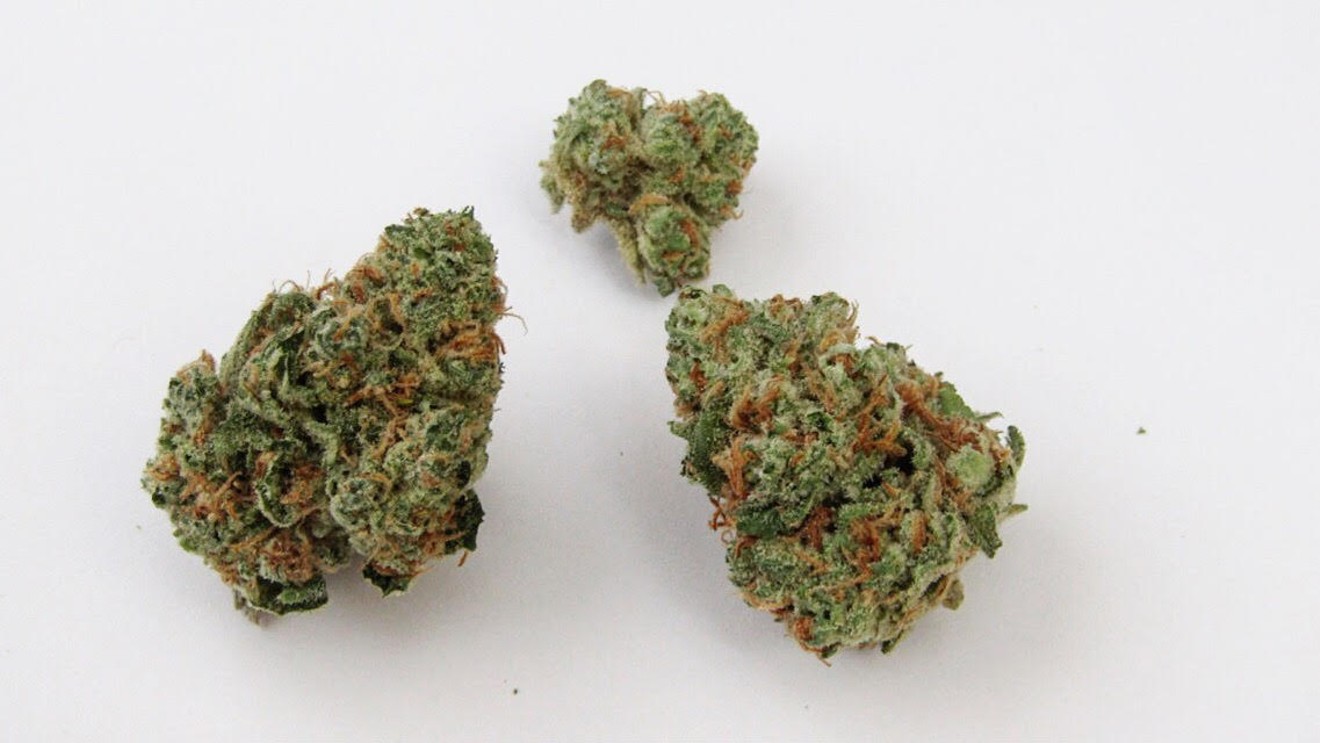
Article Content:
Chronic pain is one of the most persistent and challenging medical conditions faced by millions of people worldwide. When traditional medications such as opioids, nonsteroidal anti-inflammatory drugs (NSAIDs), or antidepressants fail to provide sufficient relief, many patients turn to alternative therapies — and medical cannabis has become one of the most discussed options. Its growing use in healthcare has sparked both enthusiasm and caution among patients and professionals alike.
Understanding Medical Cannabis
Medical cannabis, often referred to as medicinal marijuana, refers to the use of the cannabis plant or its active compounds — primarily cannabidiol (CBD) and tetrahydrocannabinol (THC) — for therapeutic purposes. Unlike recreational cannabis, medical cannabis is prescribed under regulated conditions to manage specific health conditions, including chronic pain, multiple sclerosis, epilepsy, and chemotherapy-induced nausea.
The therapeutic effects of medical cannabis are linked to the body’s endocannabinoid system (ECS) — a complex network of receptors (CB1 and CB2) that help regulate pain, mood, immune response, and other physiological processes. By interacting with these receptors, cannabinoids can modulate how pain signals are processed, potentially reducing discomfort and improving quality of life.
Legal Status and Regulations
The legal status of medical cannabis varies significantly across the world. In Australia, medical cannabis was legalized at the federal level in 2016 under the Narcotic Drugs Amendment Act, allowing licensed cultivation and manufacturing for therapeutic use. However, access is tightly controlled through the Therapeutic Goods Administration (TGA) via the Special Access Scheme (SAS) or Authorised Prescriber Scheme.
Patients must obtain a prescription from a registered medical practitioner, and approval is typically granted for conditions where conventional treatments have failed. As of 2025, more than 300,000 Australians have been prescribed medicinal cannabis, with chronic pain being the most common reason.
Globally, countries like Canada, Germany, and Israel have well-established medical cannabis frameworks, while others like the United States have varying state-by-state regulations. In contrast, many regions in Asia and the Middle East maintain strict prohibitions, although research initiatives are gradually reshaping perspectives.
Medicinal Benefits and Uses in Chronic Pain
One of the most promising uses of medical cannabis is in pain management, particularly neuropathic and inflammatory pain that resists standard treatment. Cannabinoids can alter pain perception by reducing inflammation and influencing neural signaling pathways.
A 2021 study published in The Journal of Pain found that patients with chronic neuropathic pain experienced significant symptom improvement when treated with cannabis-based medicines compared to a placebo. Similarly, research from the University of Sydney’s Lambert Initiative indicated that medical cannabis might offer moderate pain relief, though effects vary between individuals.
Key areas where medical cannabis has shown potential include:
- Neuropathic Pain: Conditions like diabetic neuropathy, multiple sclerosis, and spinal cord injuries respond well to cannabinoids due to their nerve-calming properties.
- Arthritis and Musculoskeletal Pain: CBD’s anti-inflammatory effects may alleviate stiffness and swelling associated with osteoarthritis or rheumatoid arthritis.
- Cancer-Related Pain: Medical cannabis may complement opioid therapy by reducing pain intensity and minimizing opioid side effects such as nausea.
- Fibromyalgia: Some studies suggest patients report improved sleep and reduced pain intensity when using cannabis-based medicines.
Potential Risks and Side Effects
Despite its benefits, medical cannabis is not without risks. THC — the psychoactive compound — can cause cognitive impairment, dizziness, or short-term memory loss, especially in high doses or inexperienced users.
Common side effects include:
- Drowsiness and fatigue
- Dry mouth
- Increased heart rate
- Anxiety or paranoia (in THC-dominant formulations)
- Reduced coordination or reaction time
Long-term use can also lead to tolerance or dependence, particularly if used without medical supervision. It’s crucial for patients to start with low doses and titrate slowly under professional guidance.
In Australia, healthcare practitioners emphasize responsible use of cannabis through proper dosing, product standardization, and patient monitoring. CBD-only products are often preferred for first-time users due to their non-intoxicating nature.
Responsible Use of Medical Cannabis
Responsible cannabis use in healthcare is guided by evidence-based practice, patient education, and clear medical oversight. Physicians prescribing medicinal marijuana should consider several factors:
- The patient’s medical history and current medications
- Potential drug interactions
- Specific cannabinoid composition (CBD:THC ratio)
- Appropriate delivery method (oil, capsule, vaporized product)
Patients are encouraged to maintain open communication with their healthcare providers to monitor side effects and assess treatment efficacy. The goal should always be symptom management and quality of life improvement, not euphoria or overuse.

Ethical Considerations in Prescribing
The prescription of medical cannabis raises important ethical questions. Physicians must balance patient autonomy — respecting the individual’s choice to use cannabis — with the principles of beneficence and non-maleficence (doing good and avoiding harm).
Ethical prescribing requires:
- Transparent communication about risks and benefits
- Ensuring medical cannabis is used as a last resort when conventional therapies fail
- Avoiding overprescription or commercial bias from cannabis product companies
- Promoting equitable access, particularly for patients in rural or disadvantaged areas
Moreover, stigma remains a challenge. Many patients hesitate to seek treatment due to misconceptions about cannabis being purely recreational. Continued education and destigmatization are vital for integrating cannabis responsibly into healthcare.
Research and Patient Case Insights
Emerging studies continue to shed light on the therapeutic role of cannabis in healthcare. For instance, a 2022 systematic review from Pain Medicine concluded that cannabis-based treatments could reduce chronic pain scores by up to 30% in selected patients. However, researchers noted the importance of standardized formulations and controlled dosing to ensure consistent results.
In one Australian case study, a 45-year-old patient with chronic lower back pain resistant to opioids reported significant pain reduction and improved sleep after three months on a balanced CBD:THC oil regimen. Side effects were minimal and subsided after dosage adjustment.
While these cases are promising, experts caution that more long-term clinical trials are needed to establish definitive safety and efficacy profiles.
The Future of Cannabis in Healthcare
The growing body of evidence supporting the medical cannabis benefits is shifting perspectives across the medical community. With evolving regulations, technological advancements in cannabinoid extraction, and increased public acceptance, cannabis is poised to play a significant role in integrative pain management.
In Australia, ongoing research through the Lambert Initiative for Cannabinoid Therapeutics continues to explore how different cannabinoid ratios can optimize treatment outcomes for chronic pain, mental health, and neurological disorders.
However, the path forward must be grounded in scientific integrity, clinical accountability, and patient safety. As healthcare systems integrate medicinal marijuana, responsible regulation and education will remain essential to minimize misuse and maximize therapeutic value.
Conclusion
Medical cannabis represents a promising yet complex frontier in chronic pain management. It offers relief for many who have exhausted conventional options, but it also demands careful consideration, ethical prescribing, and evidence-based use. Patients and healthcare providers must collaborate to find the right balance — one that harnesses the benefits of cannabis while minimizing its risks.
In the coming years, as global research expands and stigma declines, medical cannabis will likely become a standard component of holistic, patient-centered care for chronic pain.
FAQS
What is medical cannabis and how is it used for chronic pain?
Medical cannabis contains cannabinoids like THC and CBD that interact with the body’s endocannabinoid system to help regulate pain and inflammation. It’s prescribed under strict medical supervision, often when conventional treatments fail to provide relief.
Is medical cannabis legal in Australia?
Yes, medical cannabis is legal in Australia under the Therapeutic Goods Administration (TGA) framework. Patients need a prescription from an authorized doctor and access is granted for specific medical conditions, with chronic pain being one of the most common.
What are the common side effects of medical cannabis?
Common side effects include drowsiness, dry mouth, dizziness, and in THC-rich formulations, potential anxiety or mild intoxication. Most side effects are mild and temporary when the product is used responsibly and under medical guidance.
Can I become addicted to medical cannabis?
While medical cannabis has a lower dependency risk compared to opioids, long-term or unsupervised use may lead to tolerance or mild dependence. Responsible, medically guided use minimizes these risks significantly.




